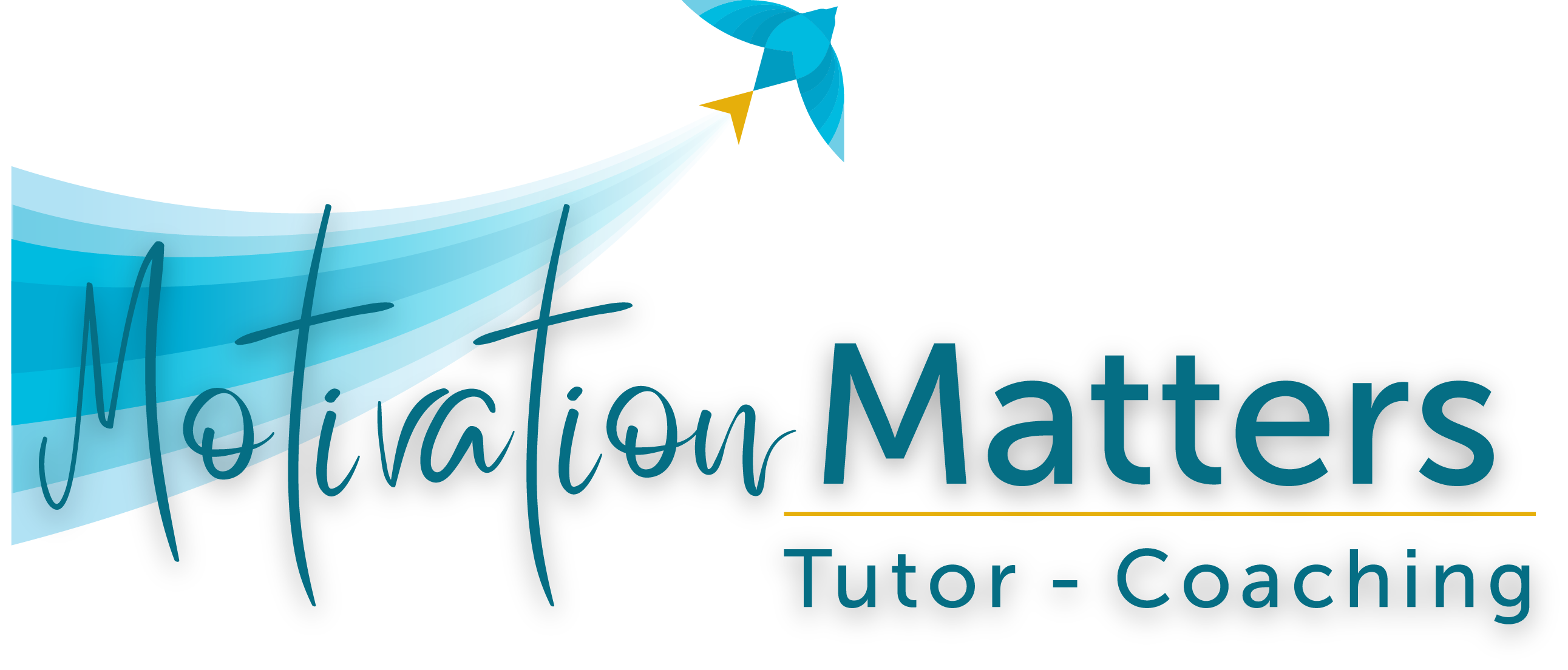“If you chase two rabbits,
both will get away.”
(Anonymous)
Ever had the feeling you were getting nowhere? Ever wondered why sometimes it’s so hard to pay attention? Or even get started? Whether it’s a work task or a life goal, distractions often take over. We’ve all had the experience of chasing balls even when they’re headed for dense under brush. It’s just plain easier to go down a rabbit hole of social media or news feeds than do the job at hand. Worst of all, those side trips aren’t even that enjoyable.


We think our mind has a mind of its own but, in truth, it’s the brain that has its own agenda. From cave man times on, the brain has been on alert for every danger or opportunity. Lions and berries mattered! To this day, it still works that way, but the world has changed. There aren’t lions in the brush; there’s a world of others who ping away at our alert system to get us to respond with “I’m all ears, eyes, or thoughts.”
The information world is very successful at getting our attention. It flashes with the impact of jumbotron screens even when it tweets only 280 characters. Whether it’s words, colors, sounds, or images, the messages are magnified in importance, delivered rapid fire and changed in micro-moments. The result? We’ve changed. The brain has adapted: it’s faster and more rapid switching than ever. It’s no secret that the average adult attention span has shrunk from minutes to seconds. But speed has a price: there’s more effort with less clarity. It’s like looking at a blurry image – eye strain doesn’t feel good, and fuzziness doesn’t quite make sense.


There’s a fix for that. Manual focus! Think of photography. The brain is the camera that can work on autofocus to record the moments. But, there’s a manual focus ring too. And that’s the mind. Our conscious thoughts can sharpen, slow, embellish, simplify, skip, or highlight any experience at will. So, the real question is not why paying attention is hard, but “what do we want to pay attention to?”
Mind focus works best with a question-answer-act technique. When attention drifts or darts around, stop. Then do a Q & A. What do I want now? What can I ignore? What would make this more interesting? What’s distracting me? Is it worth these precious moments? Is it taking me from nowhere to now here?

From nowhere to now here!
Don’t miss a single IN-Powering© article!
Sign up for our newsletter to stay up to date on all things MMTC.
Don’t miss a single IN-Powering© article!
Sign up for our newsletter to stay up to date on all things MMTC.


